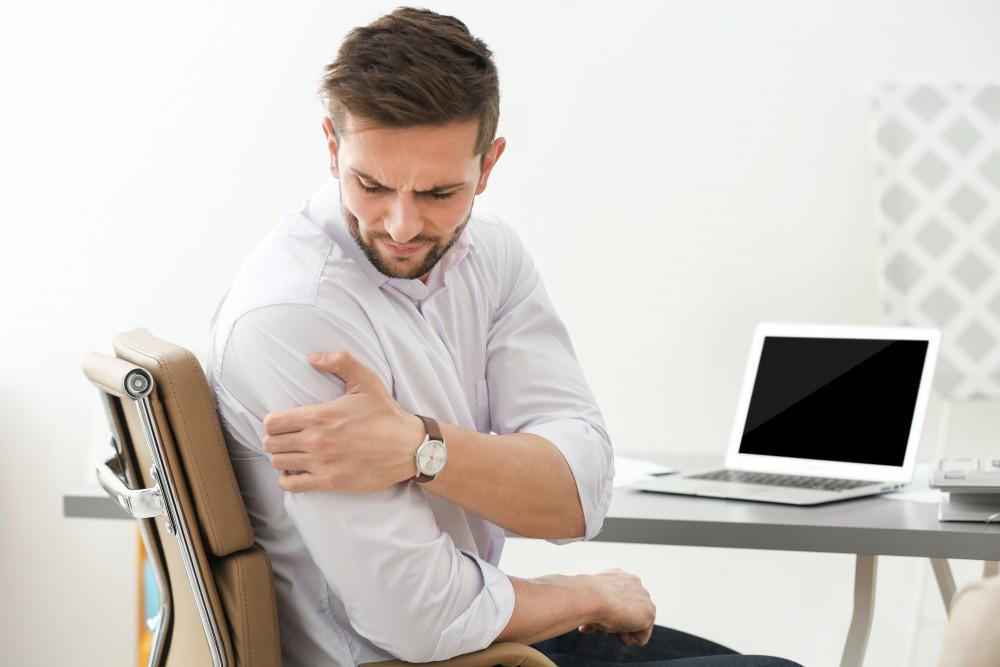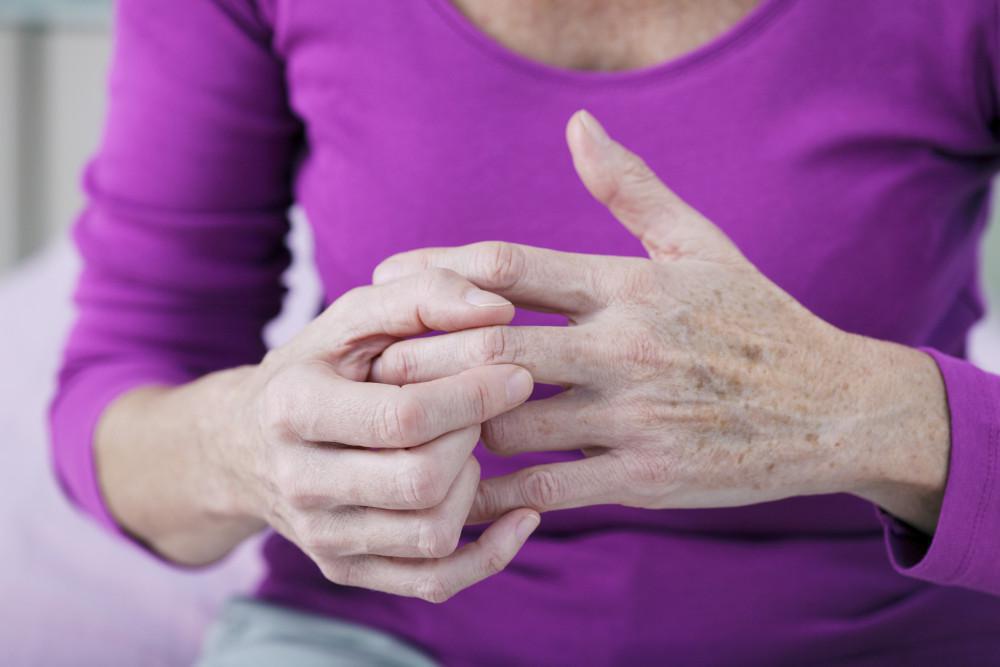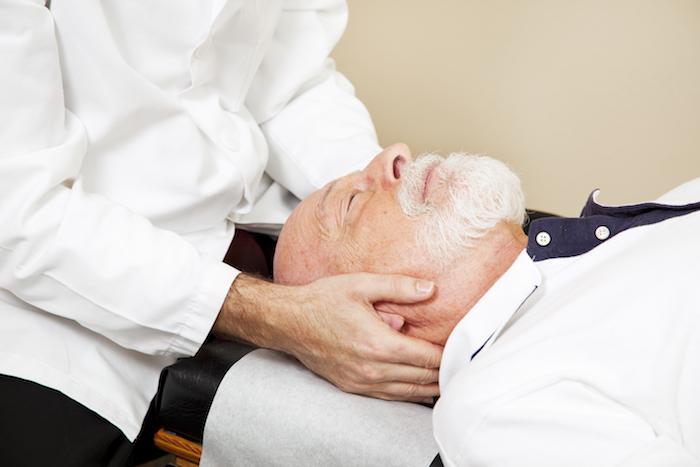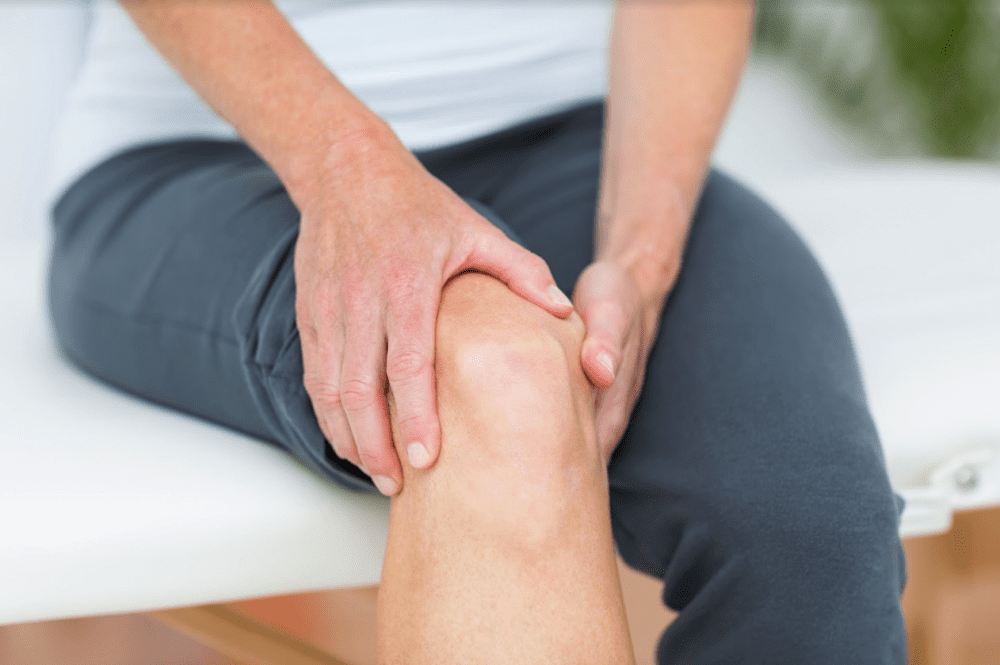According to the CDC, chronic pain prevalence ranges between 11% and 40% of the US population. They explain this use of a range by the fact that the rates vary so much depending on your sub-group. Factors like your job, pastimes, past injuries, age, and general health can each make you more or less prone to developing chronic pain. Whether you work in a mine, swinging a pickaxe or you swing a racquet while playing tennis, you’re in a higher risk group.
Chronic pain is one of the most common reasons that people seek medical help, outranking diabetes and heart disease combined, and it’s also well-known that the prevalence of chronic pain in the US has contributed to increased rates of anxiety and depression as well as dependence on potentially addictive opioid prescription drugs.
Many people with chronic pain believe that medications are the only answer, but when you better understand the difference between acute and chronic pain, it becomes clearer that you do have options. Let’s take a look!
What is acute pain?
Acute pain is that intense pain that you feel when you injure a part of your body. When it occurs, you may have:
- Broken a bone
- Torn your rotator cuff (shoulder)
- Lost a filling to expose the nerve in a tooth
- Burned yourself
- Gone into labor
Once the condition is treated, stopped, or healed on its own, the pain generally stops. If you experience severe acute pain, you usually need immediate medical attention. In some cases, failing to get medical attention for acute pain can lead to improper healing, which is one of several causes of chronic pain.
What is chronic pain?
Chronic pain is residual pain that continues even after the cause of the pain has “been fixed.” It may last six months, a year, or a lifetime. Even though the cause of the pain is, in most cases, gone, the nerves continue to send pain signals. The continued cries for help from the area may even cause the immune system to mount a response for a non-existent injury, leading to inflammation, which only makes matters worse and can cause more permanent damage.
Chronic pain plays a huge role in a person’s life as it can influence social interactions, desire to eat, ability to sleep, and willingness to move for fear of causing more pain. Because of this, people with chronic pain often also suffer from:
- Anxiety
- Depression
- Fatigue
- Insomnia
Because there may be no underlying cause, treating chronic pain isn’t generally about “fixing a specific problem.” But the difference isn’t always that cut and dry, and it actually does patients a disservice to suggest that all chronic pain has no underlying cause when there may very well be a treatable cause for your chronic pain like:
- Nerve irritation and inflammation
- Misalignments in the spine
- Scar tissue
- Lack of physical activity, which is normally a vicious cycle as you don’t want to exercise because of pain and pain gets worse because you don’t exercise
- Lack of blood flow, which is necessary for an area to heal properly
- Autoimmune disorders
- Migraine
- Fibromyalgia
Often treating these underlying causes can reduce or eliminate pain sometimes in conjunction with medication and sometimes without.
How Dr. Johnson treats chronic pain
Dr. Johnson applies several techniques to reduce chronic pain, including, but not limited to:
- Spinal manipulation, which realigns misaligned vertebrae and discs to optimize functionality
- DyAnsys® percutaneous electrical nerve stimulation, which soothes inflamed nerves
- Trigger point injections, which can reduce pain temporarily to increase the ability to move. More movement can improve the health of the joints, muscles, and tendons over time.
- Graston Technique®, which is a type of massage that uses tools to break down painful scar tissue and promote more proper healing.
- Medications, which could include anti-depressants, anti-seizure medications, muscle relaxants, etc., depending on the type of chronic pain.
By treating the underlying cause, they can help patients who are living with chronic pain get their lives back. Dr. Johnson and Tammy Jones, FNP at Leading Edge Medical also encourage healthy lifestyle changes like Tai Chi, yoga, diet, and stress management, treating the whole patient and not just a disease.
You don’t have to live with chronic pain and addictive opioid drugs are not the only answer. Contact the practice today to schedule an appointment and explore your options.
















